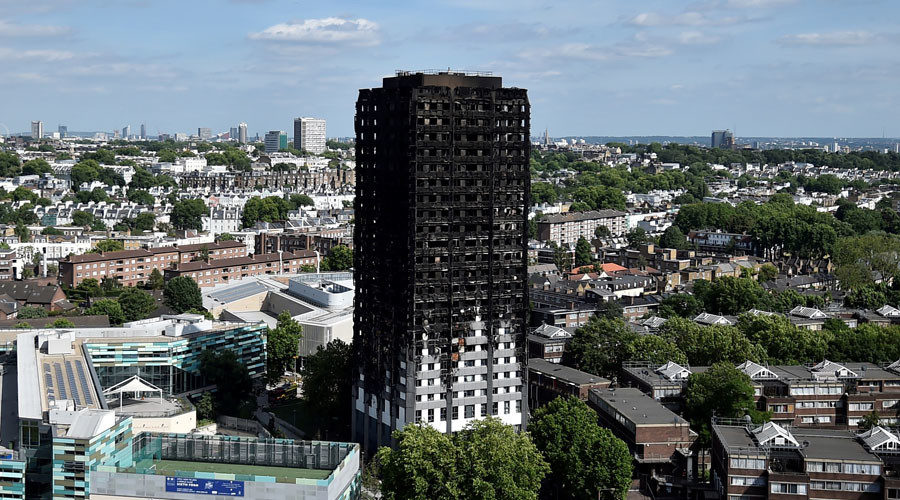OF THE
TIMES
We'll know our disinformation program is complete when everything the American public believes is false.
Ukrainian President Vladimir Zelensky [Link]
Ah, the old game of who's dick is bigger. Poth parties came out of the pool, looked down and said, let's do this later.
We all know who controls who.
How is this different from welfare assistance?
The unilateral veto power is why the UN is a joke.
To submit an article for publication, see our Submission Guidelines
Reader comments do not necessarily reflect the views of the volunteers, editors, and directors of SOTT.net or the Quantum Future Group.
Some icons on this site were created by: Afterglow, Aha-Soft, AntialiasFactory, artdesigner.lv, Artura, DailyOverview, Everaldo, GraphicsFuel, IconFactory, Iconka, IconShock, Icons-Land, i-love-icons, KDE-look.org, Klukeart, mugenb16, Map Icons Collection, PetshopBoxStudio, VisualPharm, wbeiruti, WebIconset
Powered by PikaJS 🐁 and In·Site
Original content © 2002-2024 by Sott.net/Signs of the Times. See: FAIR USE NOTICE

Comment: Grenfell Tower victims killed 'within seconds by cyanide gas,' says professor of environmental toxicology